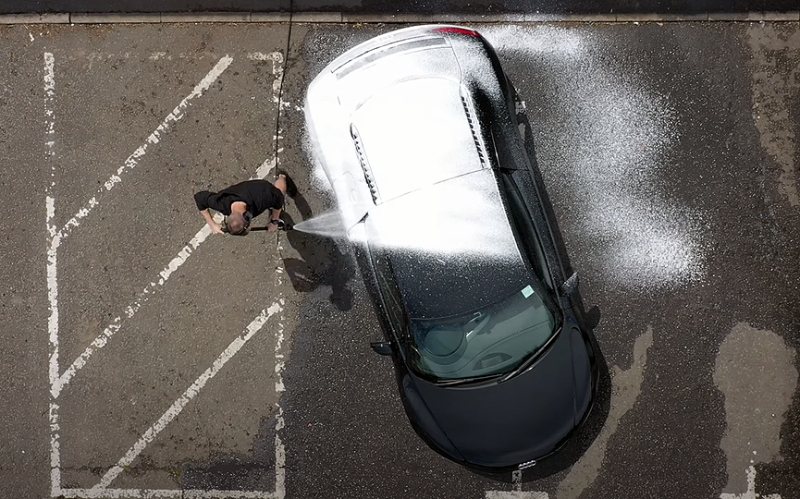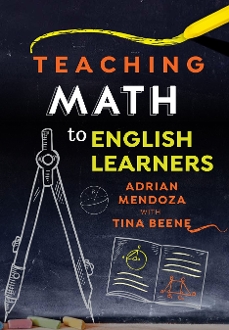
For as very long as I have been composing about instruction quite a few commentators have argued that educating should find to stability instructor-led and university student-led routines. Even though this is normally introduced as self-evidently noticeable, it instead begs the dilemma. But what is so excellent about stability? Need to we look for equilibrium for its possess sake or because it’s intrinsically worthwhile? In spite of stability sounding, perfectly, well balanced, no a single would argue that we need to seek out to accomplish a balance concerning helpful and ineffective routines so to argue that educating need to include things like bother instructor-led and university student-led activities we genuinely will need to make the case that equally are inherently worthwhile.
This has been on my head once more simply because of a latest dialogue with a colleague in which we explored the concept that trainer-led lessons are additional demanding for instructors and that probably one particular explanation for balancing things to do would be allow academics some down time in classes where they can capture their breath even though college students get on with a little something independently. This was an angle I hadn’t thought of beforehand. I’d constantly taken the look at that teacher-led activities (examining aloud, questioning, mediating classroom conversations, using mini whiteboards to assure participation in thinking and crafting and the other actions outlined here) had been not only much more efficient, but also much easier than pupil-led things to do (smaller team conversations, project work, extended individual examining or crafting duties and so on.1) Like lots of lecturers, I’ve observed the faff included in seeking to make college student-led activities work not often – if at any time – repaid the exertion. But, as extensive as behaviour is excellent, I can see that most of this exertion would be in preparing and planning resources to aid the routines in progress .
To be very clear, I’m not arguing that lessons should never have these kinds of student-led routines (some turn out to be more or a lot less critical in various subject and with students of distinct ages) alternatively that the balance should really be disproportionately in favour of instructor-led pursuits. To make that argument I imagine it’s valuable to weigh three distinct indices: workload, usefulness and fairness.
 Workload implications will change extensively and the trade-off would seem to be among energy in lessons vs . effort ahead of classes. The success arguments are perfectly-trammelled and you both accept the evidence or you don’t. I’m pretty sceptical about challenging to see advantages and promises these as these:
Workload implications will change extensively and the trade-off would seem to be among energy in lessons vs . effort ahead of classes. The success arguments are perfectly-trammelled and you both accept the evidence or you don’t. I’m pretty sceptical about challenging to see advantages and promises these as these:
Scholar-led discovering is amazingly advantageous for each students and lecturers. For students, this education design and style tends to make finding out enjoyable by providing them inventive flexibility and empowering them to have handle over their very own learning. It also instils values this kind of as intrinsic commitment, self-discipline, and curiosity. For instructors, it indicates extra time to enable learners separately and to make confident the course satisfies prolonged-time period targets.
This seem to be completely detached from actuality. There may possibly be learners who discover scholar-led classes fun, but they’re certainly not a the vast majority. Regardless of whether these types of functions instil “intrinsic commitment, self-willpower, and curiosity” is an empirical claim. For it to be recognized you’d require to discover a way of measuring will increase in these types of intangibles and then style an experiment to exhibit it to be real. So much, this threshold is but to be met.
Nonetheless, I believe the most significant of these lenses is the ultimate one, equity. My argument here is that the a lot more socially advantaged and the greater prior attaining a scholar is, the much more very likely they are to gain from becoming time to talk about concepts and interact in unbiased operate. At worst, they are considerably less likely to be negatively influenced and are often prosperous regardless of partaking in scholar-led actions. But for pupils who are significantly less socially advantaged, lower attaining, identified with Deliver or marginalised in any other way, the far more probably these students are to benefit from trainer-led things to do where fewer assumptions are designed about prior awareness, cultural funds or social capability. In reality, I’d go so much as to suggest that these learners are only probably to be successful if presented a classroom diet program of mostly instructor-led routines. All small children are possible to advantage from trainer-led routines, but deprived children will gain disproportionately.
This, I assume, is the crux of the issue: scholar-led functions are, albeit inadvertently, hole widening, whereas instructor-led ways are additional very likely to be gap narrowing. When attempting to establish the correct balance involving distinct methods it’s incredibly easy to say that lessons ought to harmony trainer-led and university student-led routines but significantly tougher to argue that classes should really equilibrium hole narrowing and gap widening routines.
The supreme aim is – of program – that pupils are unbiased, but (as I argued again in 2013) instructor-led functions are the most dependable mechanism for acquiring them to that issue.
Now, you could possibly want to consider problem with any, or all, of the conclusions earlier mentioned but I continue to imagine this allows us to weigh up the possible fees and benefits to picking teacher or pupil-led classroom routines. If you are heading to include university student-led things to do, how will guarantee they don’t conclusion up widening the benefit gap?
*
There are certainly a lot of option requires that caricatures the concept of trainer-led routines and make up heaps of nonsense about the meant virtues of pupil-led strategies.

Truthfully, I’d argue the opposite to be genuine for most of these types. My method to instructor-led classes goes undoubtedly design and style the classroom about students’ wants, with quickly-paced interaction with failure generally recognised as “teachable moments” and centred on the perception that all students can be prosperous if instruction is gapless. It’s especially ironic that the college student-led facet of the graphic above contains the caption “Teachers guide, mentor and inspire learners.” Of system instructors ought to be liable for meeting students’ desires (the alternate is to not get obligation which is, er, irresponsible) of class school rooms really should be managed (again, the choice is to be out of manage!) and of program teachers need to target on training topic content material (what would transpire to deprived pupils if they didn’t?)
1 I’m content to acknowledge the definition of pupil-led activities presented by this site (although I’m obviously not ready to take the advantages it statements.)







